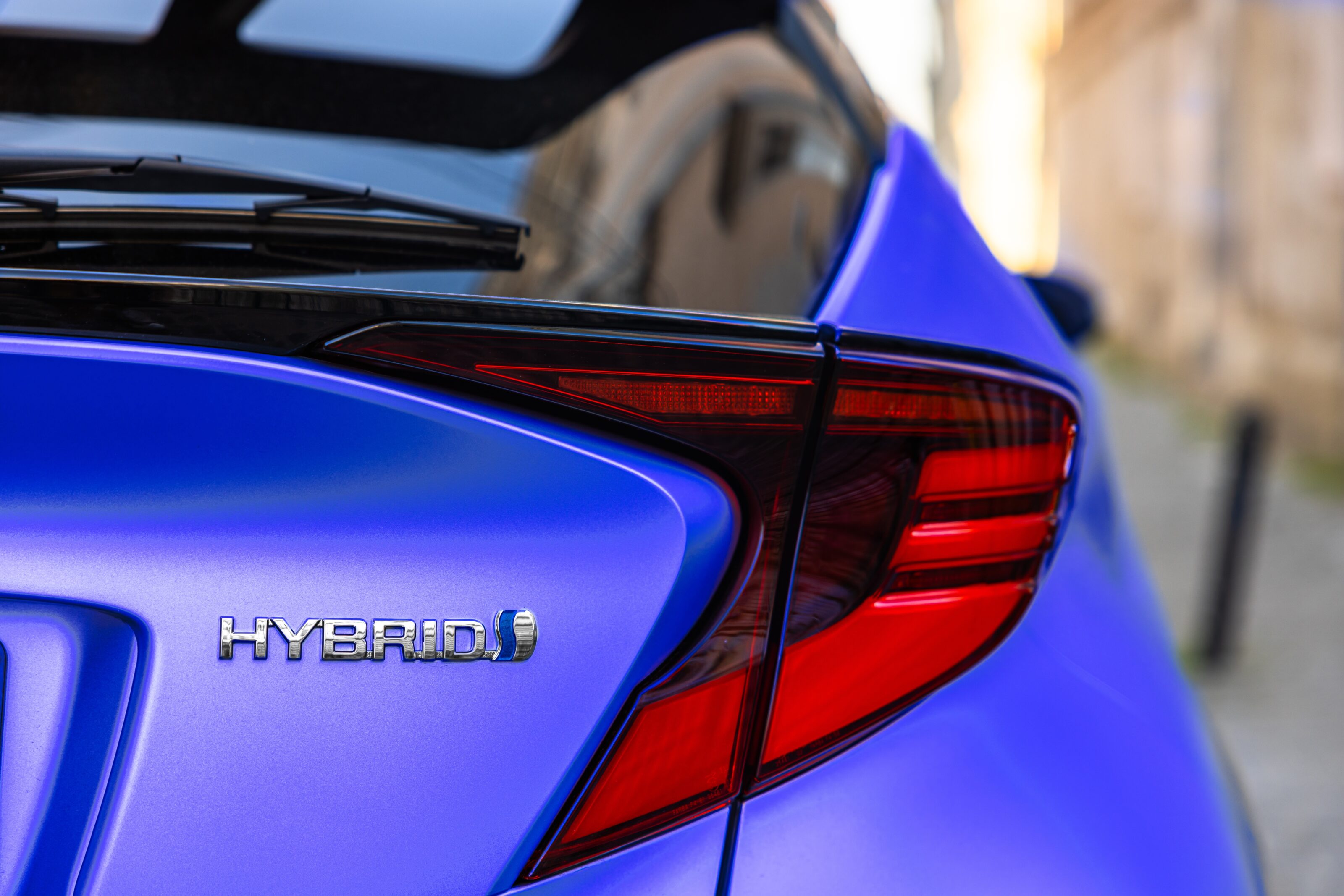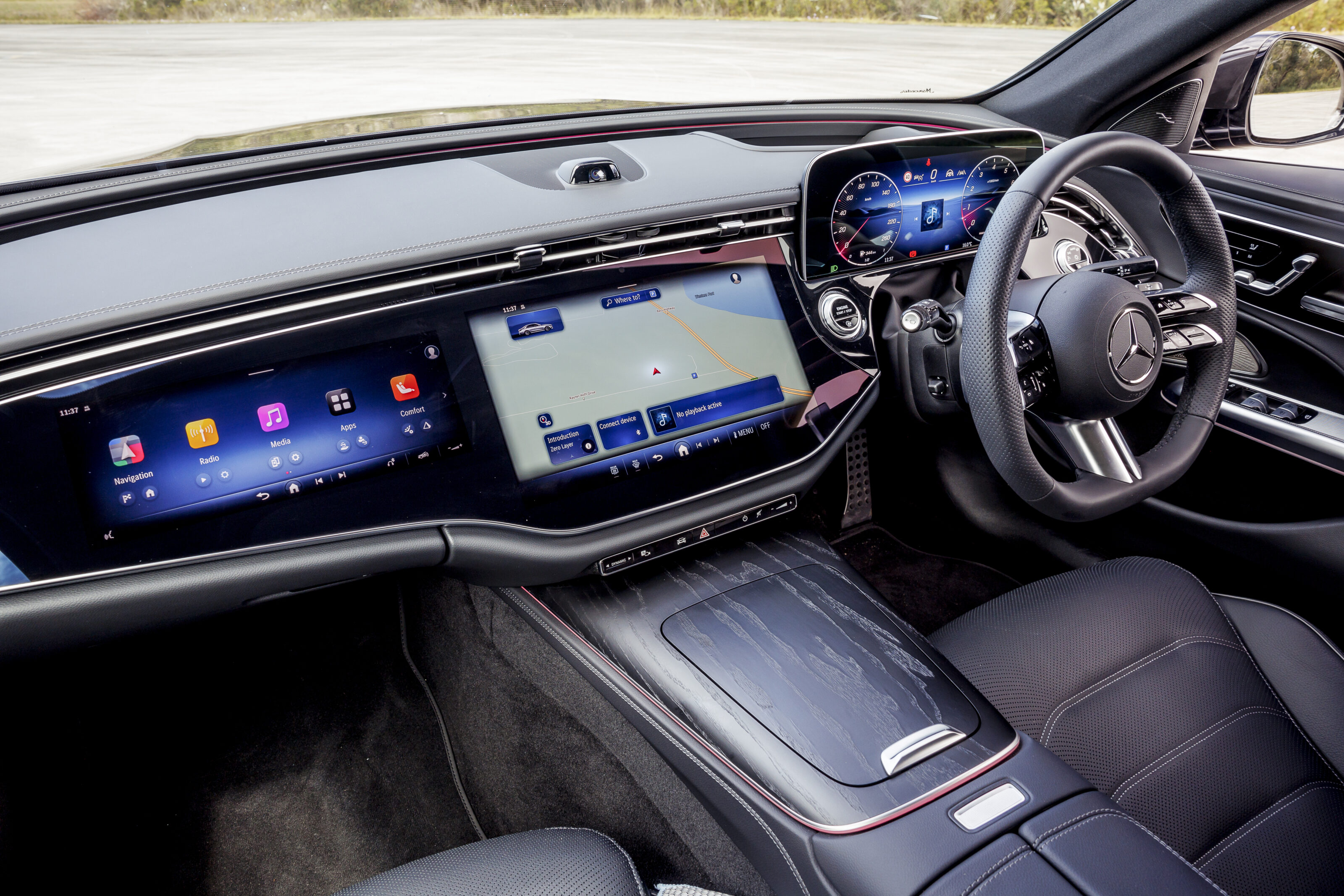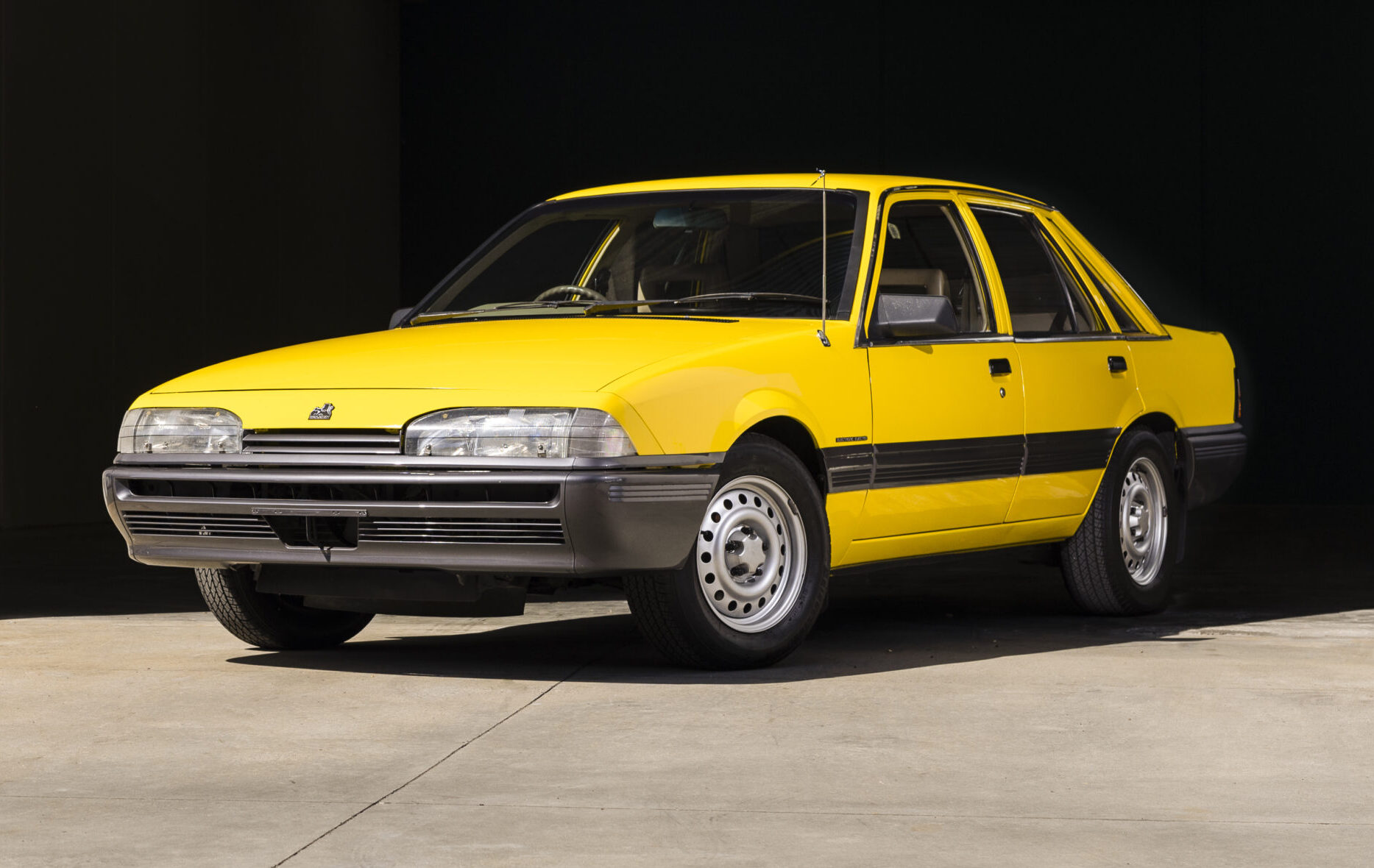You’d have thought that after 101 years of practice, Citroën would have cracked the Australian market by now. With that amount of experience, it would be a reasonable assumption that the French company would know what Aussie buyers wanted and how to price a car to sell here. But no. Emphatically no.
The longest continually operating automotive brand in these countries has left Australia, ceasing sales operations at the start of November. The 35 existing service centres will fulfil servicing operations, but for how long is open to question. It’s all rather sad.
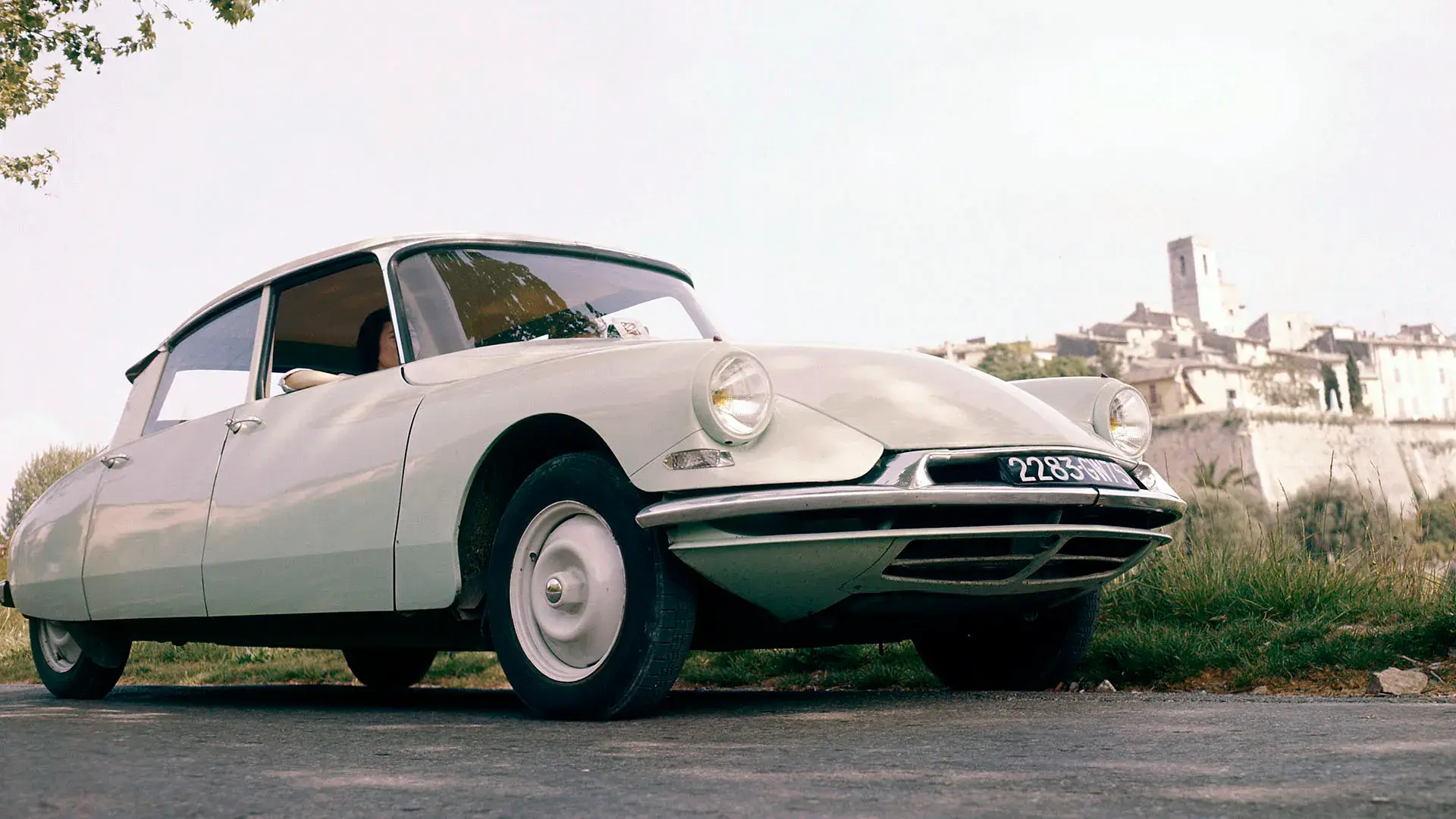
“Whilst we acknowledge and celebrate Citroën’s rich history in the Australian market, we must look to the future and consider the rapidly evolving, dynamic, and competitive nature of the industry and local market, alongside changing consumer demands,” said David Owen, Citroën Australia general manager.
“The decision for Citroën Australia to cease new vehicle sales was not made lightly; it was made after careful consideration of the current and future product available for our country, in the context of the local market and the preferences and requirements of Australian new vehicle buyers,” he explained.
The writing had been on the wall for some time. Citroën registered just 87 vehicles in the first half of 2024, fully 35 percent down on the same period the year before. As recently as 2007, the marque shifted 1741 vehicles in the first half of the year.
What’s more, the company had been making swingeing cuts to the prices of its existing stock, a fire sale that usually only points to one thing. Somewhat disconcertingly, those price cuts also applied to Peugeot models.
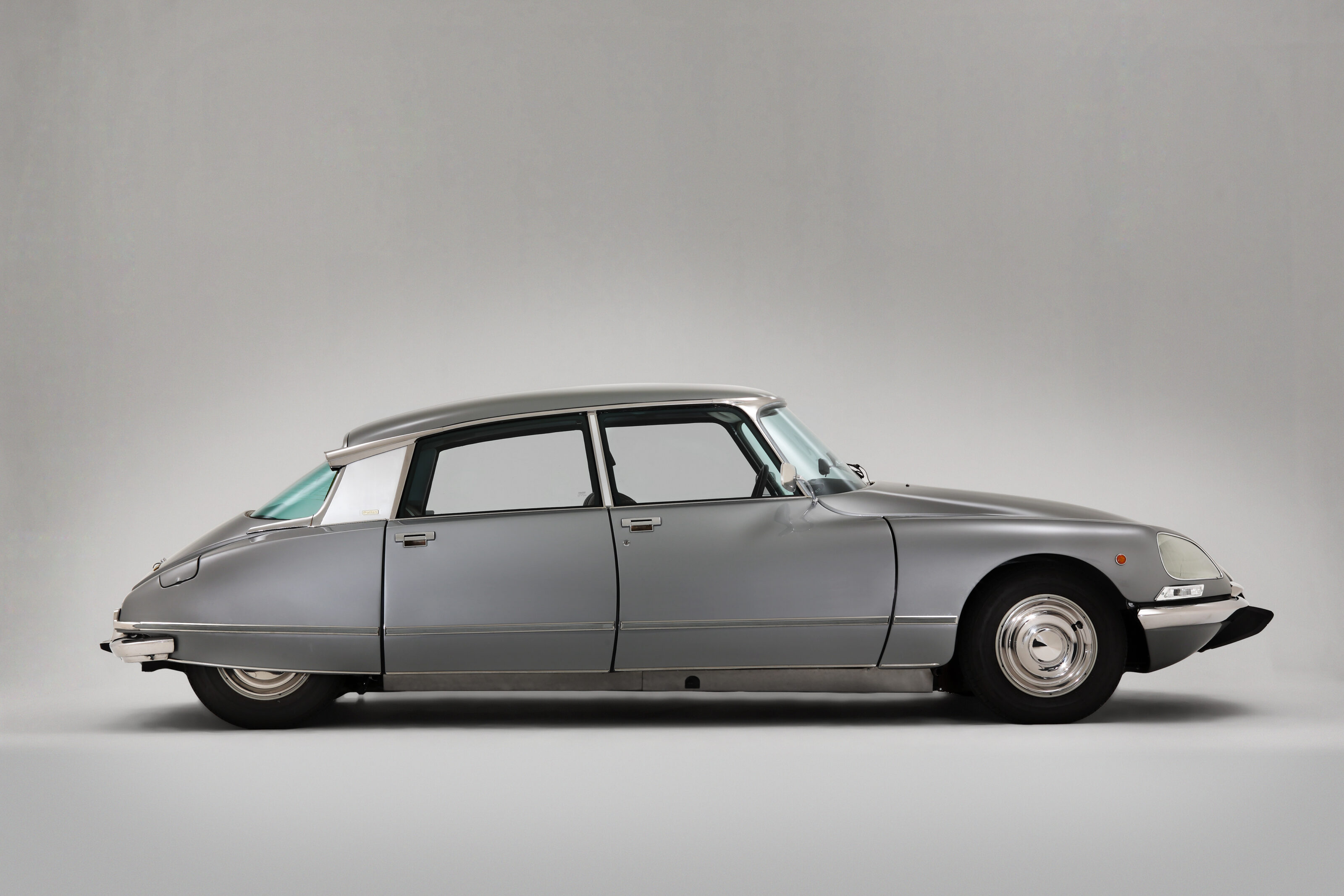
Where Peugeot still makes some decent numbers with its light commercials, Citroën sold just four passenger cars: the C3 hatch, the C4 crossover, the C5 Aircross SUV and the C5 X crossover wagon.
Initially pitching up in Australia a mere four years after the company was founded, Citroën even built cars here in Australia, with the stripped-out ID19 (see below) coming out of the Heidelberg factory.
Perhaps there was a sharp lesson to be learned for latter-day Citroën from that cost-conscious car. The last C4 retailed at $40K, powered by a 1.2-litre 114kW three-cylinder engine. By contrast, you could buy a Mazda 3 with a 139kW 2.5-litre four and a higher grade of trim for less. The French company had priced itself out of the market. Of course, the local importers would claim that macroeconomic factors overrode any requests they could make to head office in France, but the rot had set in a long time ago.
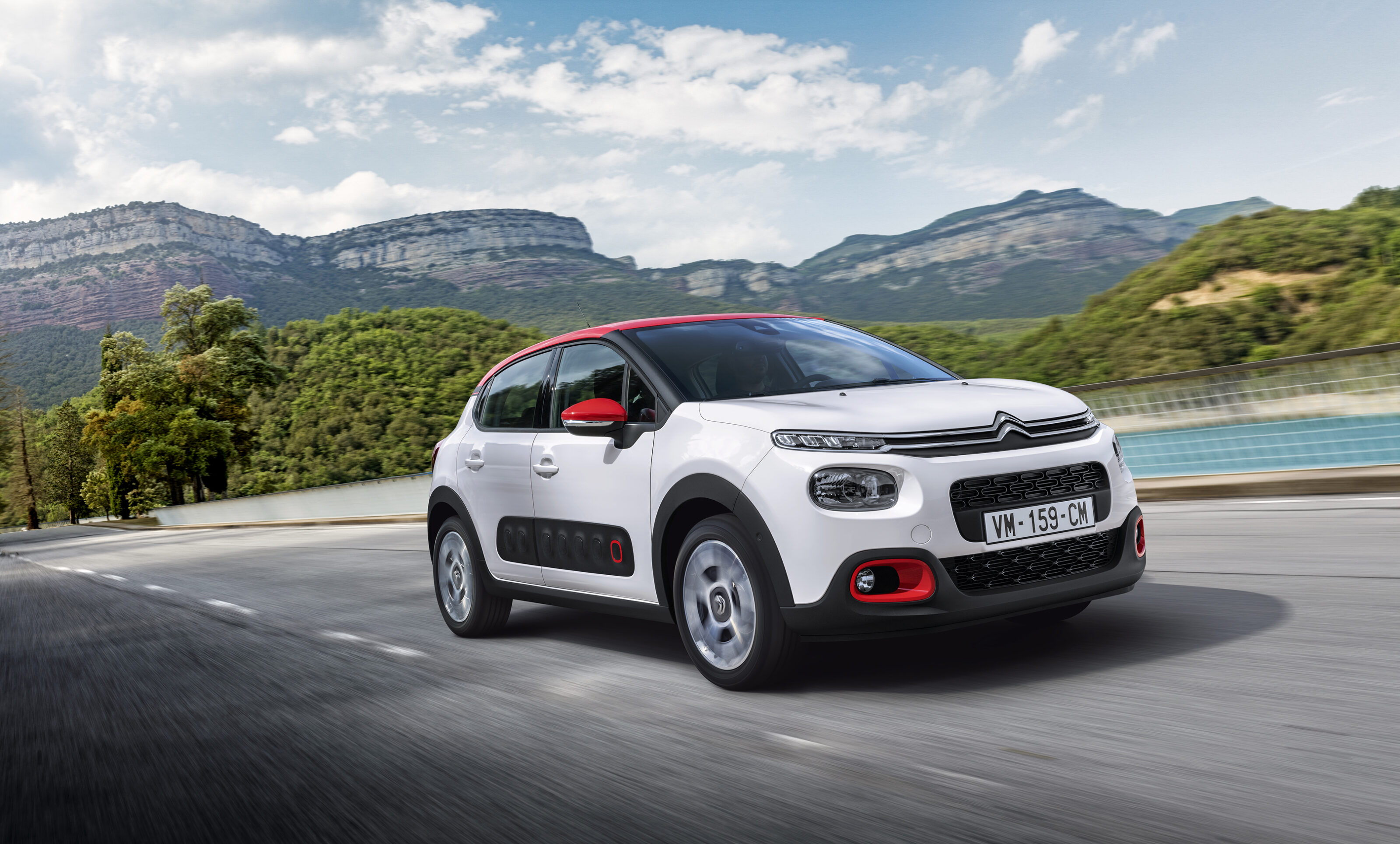
There are many brands that we wouldn’t miss were they to pack their bags and leave our shores.
Citroën isn’t one of them. Here’s hoping for a return at some point.
Aussie sales
2000 – 652
2001 – 1005
2002 – 1705
2003 – 2309
2004 – 2400
2005 – 3005
2006 – 3507
2007 – 3803
2008 – 2703
2009 – 1602
2010 – 1603
2011 – 1415
2012 – 1702
2013 – 1180
2014 – 1307
2015 – 1106
2016 – 965
2017 – 735
2018 – 494
2019 – 400
2020 – 203
2021 – 175
2022 – 296
2023 – 228
2024 (to July) – 87* (down 35.6%)
Straight Outta Heidelberg
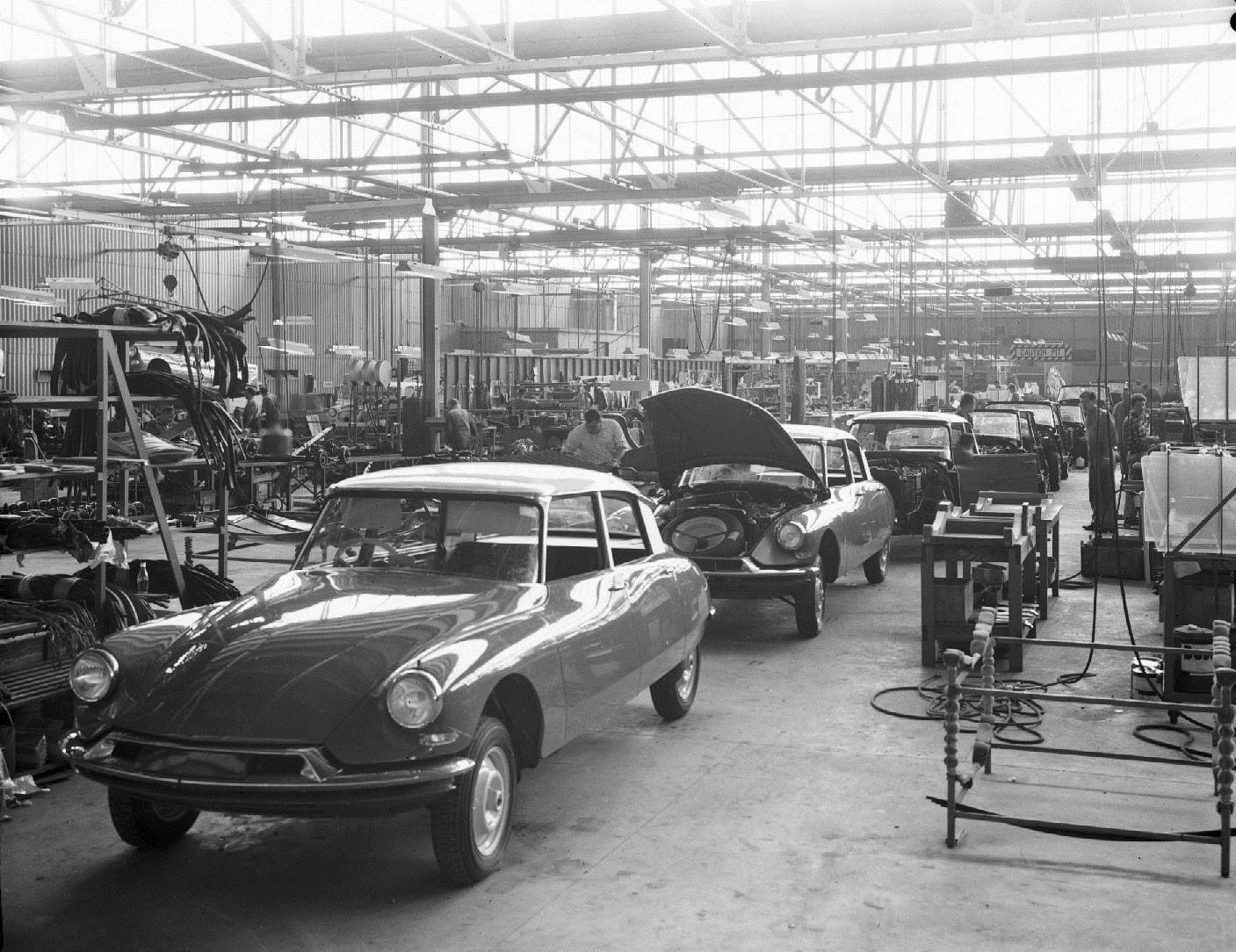
The Heidelberg plant in Melbourne was responsible for assembling the ID19 – a more proletarian version of the iconic DS – between 1960 and 1966. In order to make it price competitive, Citroën simplified the DS by deleting the power steering, replacing the ‘button’ brake pedal with a pendant pedal and stripping all brightwork. As a result, the still-hydropneumatic ID19, dubbed Parisienne here, had the shape but not the luxury of the Diesse, and the 1250 units that were built here, at a list price of £1698, were a comparative bargain.



